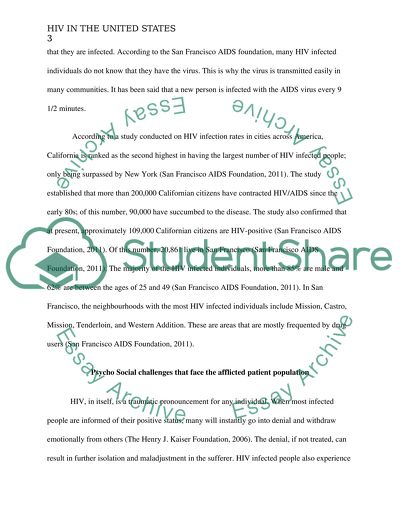Cite this document
(“HIV in the United States Research Paper Example | Topics and Well Written Essays - 2000 words”, n.d.)
Retrieved from https://studentshare.org/health-sciences-medicine/1483984-hiv-in-the-united-states
Retrieved from https://studentshare.org/health-sciences-medicine/1483984-hiv-in-the-united-states
(HIV in the United States Research Paper Example | Topics and Well Written Essays - 2000 Words)
https://studentshare.org/health-sciences-medicine/1483984-hiv-in-the-united-states.
https://studentshare.org/health-sciences-medicine/1483984-hiv-in-the-united-states.
“HIV in the United States Research Paper Example | Topics and Well Written Essays - 2000 Words”, n.d. https://studentshare.org/health-sciences-medicine/1483984-hiv-in-the-united-states.


